Unveiling the Secrets of Retinoids: Your Path to Glowing Skin
This post may contain affiliate links. That means that if you click on a link and purchase something I recommend, I will receive a small commission at no extra cost to you. As an Amazon Associate, I earn from qualifying purchases. This helps keep my website up and running and is very appreciated. Thank you for your support! Disclaimer
Hello, hello, hello! In today’s article, we are going to dive down the retinol rabbit hole because it is a big, big hole that a lot of people are confused by. But once you grasp the key differences, you’ll feel confident about what you’re using and why you’re using it. And it’s no longer going to be so confusing. So let’s get started.
If you don’t have time to read this post right now, why not save it for later?
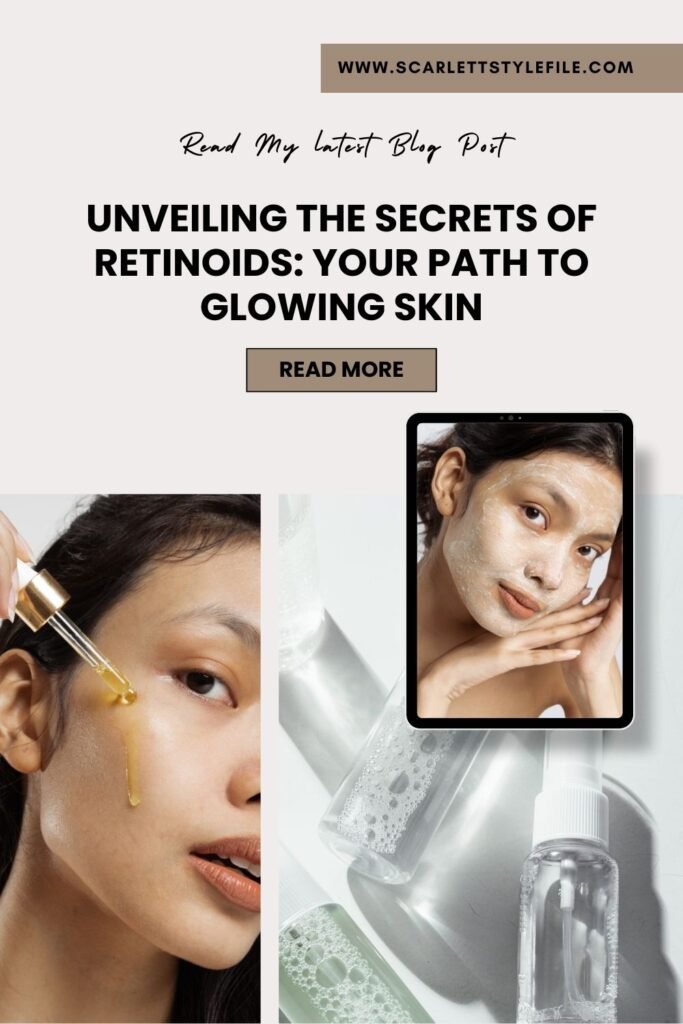
Unveiling the Secrets of Retinoids: Your Path to Glowing Skin
What’s retinoid?
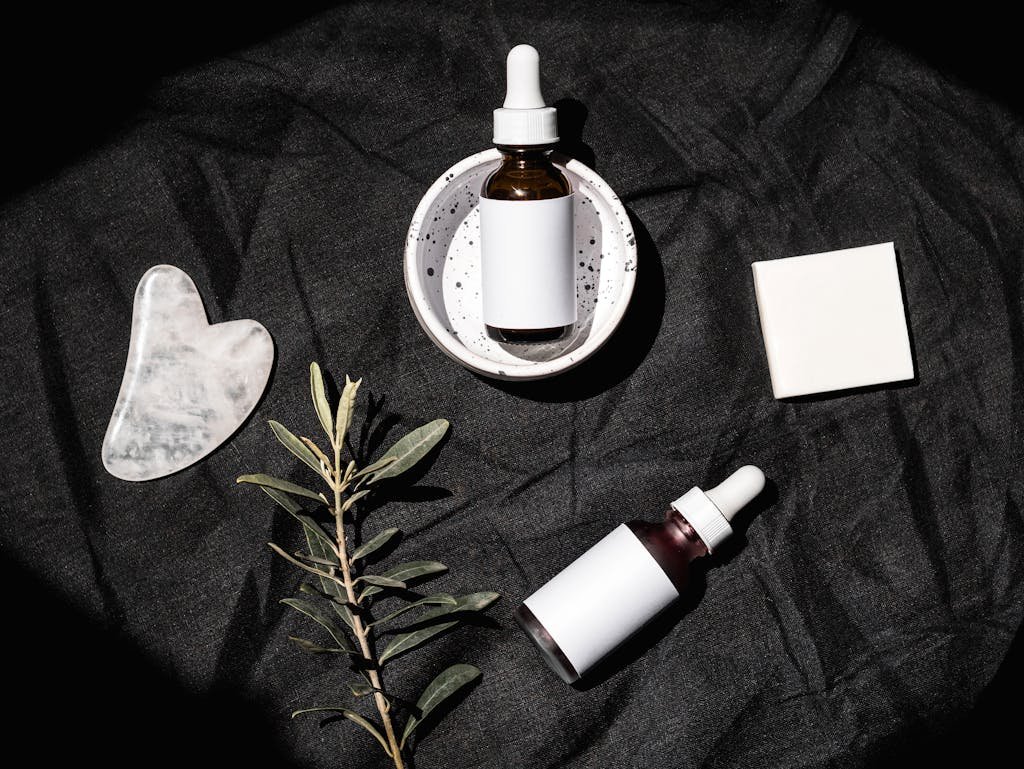
So, let’s start with retinoids. What does retinoid mean? Retinoid is a term that encompasses all the different versions of vitamin A used in skincare. It ranges from retinols to even earlier forms that lead to retinols, all the way up to prescription-strength retinoic acid and beyond, they’re all part of the retinoid family.
However the common mix-up , I think, we have adopted is that retinols and retinoids are used interchangeably. They are used as if one is one thing and the other is another sometimes. So when you read or hear it used interchangeably, you think it’s one thing. Then when you read or hear about it used in another form where they’re different, you get confused.
But here’s the deal: retinoids are the overall category, and both retinol and retinoic acid fall under it. So, when you hear “retinoid,” think of it as the big family name, and retinol is like the son and retinoic acid as the daghter they all are members of the family.
So, that is what retinoids are, in my opinion. Retinoids are the “it” girl of your skincare routine, as long as you’re not pregnant, possibly breastfeeding, or allergic to them. They’ve stood the test of time and are known to boost collagen production, and really, truly help you build a stronger foundation to your skin. However, they are not all created equal, so let’s dive into that next.
Related : 7 Ways to Boost Collagen: Dermatologist-Approved Secrets
What does Retinoids do for our skin?
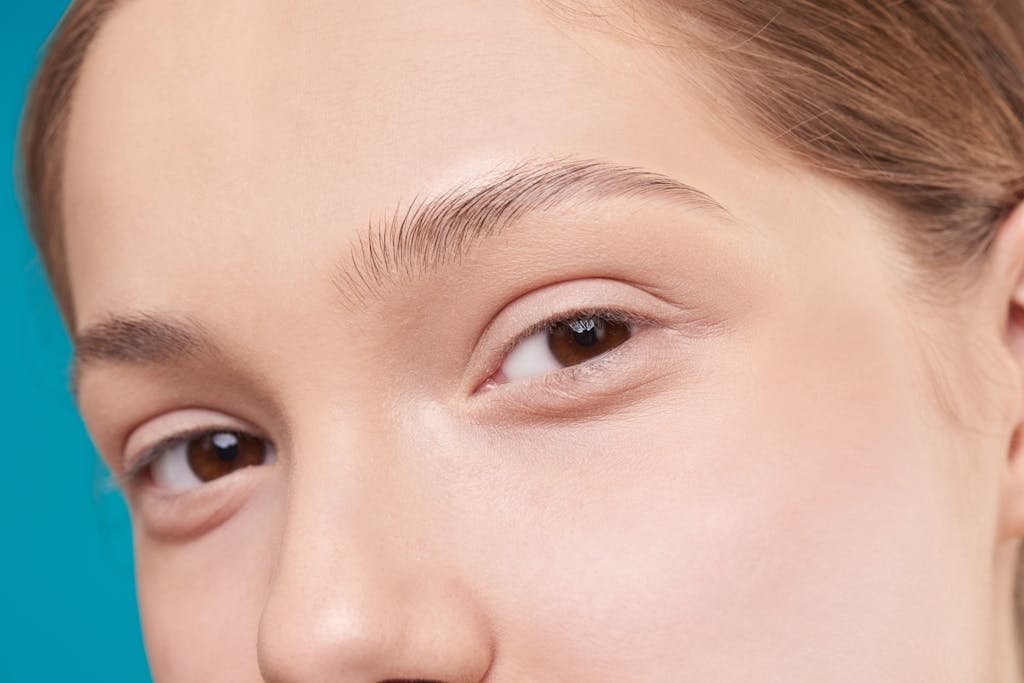
What exactly do Retinoids do? Retinoids are skincare superheroes, plain and simple. First off, they’re collagen boosters – no debate there It is absolutely proven. I have read questions on skincare forums like Reddit and I have also seen certain people who are “physicians” claim that it thins out your skin and that it was bad for you in the long run; that’s just not true, wake up people it’s a myth.
and unlike what you might have heard from those self-proclaimed skincare gurus. What I’m about to tell you isn’t just based on my opinions—it’s solidly backed by research.
According to my fiancé, who dedicated 12 years of his life burried in books to become a certified dermatologist (bless my poor meow meow for his dedication, but let’s get back to retinoids), and also the comprehensive dermatologic drug therapy book aka the holy grail to become a dermatologist by Wolverton, page 627/628 and I literally quote word for word
One of the most pronounced effects of either retinol or retinoic acid, i.e., anything you’re using over the counter and prescription, is on epidermal hyperplasia for thin or atrophic photoaged epidermis. The effect of topical retinoids is to cause epidermal thickening or hyperplasia.
The freaking Comprehensive Dermatologic Drug Therapy by Stephen E. Wolverton
So, yeah consider this case closed. I don’t want to hear it again that retinoid is going to thin out your skin because that is bullshit. It is not true. It is not going to thin out your skin. It helps to promote cellular proliferation in your skin which helps with the turnover, which helps eventually to even out the skin tone but deeper down it does promote collagen production and it helps to create a stronger foundation for your skin. This has been proven since at least when it came out. I think it was in the ’70s. And so we got to cut that BS.
Retinoids also great for reducing fine lines and wrinkles. it was discovered when people with blackheads, whiteheads, and acne began using them and we observed their effects. So, yeah they’re pretty effective for treating comedones. In fact, that’s what they were originally intended for.
So I guess It’s pretty clear that I’m a big fan of retinoids. What’s not to love? Well, they can be pretty irritating at times. If ascorbic acid is like the intense Scorpio in your life (I’m not a big astrology buff, but bear with me), retinoids are more like the dependable Taurus. They’re strong and steady but don’t like to stray from their path too much, and they can get a bit aggressive if they do. So, I’d put them in that category.
Ultimately, we’re all destined to age, but hopefully, we’ll age gracefully, like a a fine wine rather than milk. And that’s what retinoids can do for our skin.
breakdown of retinoids
This is gonna be a little bit confusing and complicated, but I’m gonna make sure to explain it in the simplest way possible so let’s break it down step by step.
Imagine a pyramid where we place different types of retinoids at different levels. At the top, we have retinol esters. These esters are like the starting point. They transform into retinols, which then convert into retinaldehyde aka Retinal. Finally, retinaldehyde changes into retinoic acid, also known as tretinoin, which is the most powerful form.
Think of it as a sequence of events, with retinol esters being the least intense and retinoic acid being the strongest. Retinol esters are gentle because they need some conversion before becoming active on your skin. On the other hand, retinoic acid is potent and active from the get-go, so it can be more irritating if not used properly.
So, to keep things simple, let’s start with the least irritating options because that’s where I choose to be in my mind right now .
- Retinol Esters:
There are three main types of retinol esters: retinol propionate, palmitate, and acetate, ranked from most effective to least. Retinol propionate is considered the most potent among them and is commonly found in various skincare products. A study from 2007 indicated that around 0.3 percent of retinol propionate is as effective as 0.15 percent of pure retinol, making it a decent option.
Retinol palmitate has stirred some controversy, with claims from a study suggesting it may thin the skin and increase the risk of certain skin cancers. However, this study has been criticized for its flaws and remains a topic of debate in the skincare community. I personally don’t buy into it nor find these claims convincing.
Retinol acetate, the smallest form among these esters, is considered the least effective.
One popular product containing all three retinol esters is A313, which I always purchase when I travel to France. It’s suitable for beginners in the retinol world but can be quite potent, especially during winter. Although not oil-based, it feels like it due to its macrogol base. However, be cautious as it may cause itching if overused. I avoid applying it around my mouth my mouth because it irritates me, but it’s a great option for those wanting all three retinol esters.
Many skincare products include retinol palmitate, such as Augustine Bader The Rich Cream with TFC8 , U Beauty Resurfacing Compound , and Shani Darden’s Retinol Texture Reform. However, one skincare product that seems a bit confusing in its marketing is Naturium Retinol Complex 2.5%. Despite the name “complex,” it doesn’t actually contain retinol. Also, the 2.5% labeling is misleading because retinol is not typically graded in percentages, and this product actually contains retinal palmitate instead. So, just keep in mind that it’s actually retinal palmitate, not retinol, despite what the name suggests.
- Retinol :
Moving on to retinols, which come second on the effectiveness scale, right after the esters. Retinols require a two-step conversion to get converted into retinoic acid. So, once you put it on your face, it doesn’t start working right away; it activates in your skin. It’s known to be about 10 to 20 times weaker than retinoic acid initially. However, consistency is key because if you are able to consistently tolerate using a retinol over time, it has actually been shown to be almost as effective as retinoic acid right off the bat. So, if you build up your ability to use this on a very regular basis, you might get the same effect as retinoic acid. So, keep that in mind!
Among the retinols I like is — I talk about this one a lot — L’Oreal’s Revitalift. This is pure retinol at 0.3, which is the lowest form retinol it usually comes in ; While it may not be my favorite in terms of texture or color and I’m not going to lie, the color is a bit kind of gooey-ish, its effectiveness compensates for any initial reservations.
Another one is First Aid Beauty Retinol Serum, they’re 0.25% concentration. I guess it’s slightly lower than the L’Oreal’s Revitalift.. This one piqued my interest because it has oatmeal , colloidal oil and ceramides in it, which are great when you have sensitive skin. so If you’re somebody who wants to try using a retinol, this is the one you should probably start with.
The Ordinary also offer a 1% retinol in Squalane. I don’t love that one because it is a retinol and an oil-based. Retinols are inherently lipophilic, meaning they love oil. So, when they’re in an oily solution, they’re less inclined to penetrate your skin effectively. So, just keep that in mind if you consider buying this product.
SkinCeuticals has three options available: Retinol 0.3 , Retinol 0.5, and Retinol 1.0 percent strengths. So, obviously, start with the lowest concentration if you’re new to retinols or have sensitive skin, then gradually move up if needed.
There’s Hello Results Wrinkle-Reducing Daily Retinol Serum-in-Cream is by It Cosmetics, this one was a gift they sent it to my fiance’s Clinique (And yes, I kinda stole it from him). I liked the pump design and it has a subtle scent.
Another option is CeraVe’s over-the-counter retinol serum. What I don’t love about this one is that it doesn’t tell you the percentage of retinol in this so you don’t know exactly where you’re starting off making it hard to gauge its strength. So, if you decide to try it, proceed with caution. If you’re extra sensitive, you might want to consider starting with retinol esters instead.
A lastly is Elastin. PersonallyI think it stinks, I find its scent unpleasant, but it does work effectively.
So, yeah, that’s all the retinols for today that we’re going to talk about.
- Retinals or Retinaldehydes
Retinals are slightly milder than retinoic acid. It’s a great choice if you want results without the irritation and flakiness that often come with stronger treatments.
Avene offers a 0.1 RetrinAL, which is formulated specifically for the eyes. I don’t use it often but it’s a good option if you’re seeking effectiveness while minimizing side effects. Glytone also offers a night renewing cream, though it’s a bit more expensive. So, these are all examples of retinals I have in the store for you depending on your preferences and budget.
- Retinoic acid
Now, let’s talk about retinoic acid, also known as tretinoin. It’s a holy grail treatment that unfortunately you can only get with a prescription in the US.
But let me tell you, it’s amazing! I’ve been using one called Altrino ( this is not an ad, and I’m not sponsored by any of these companies), and I really love it because it has a thicker base which feels elegant and nice on the skin. It goes on smoothly and works really well. So, those are the main options when it comes to retinoids,pretty much it from retinol esters to retinoic acid.
- Retinoic acid esters
There’s a trendy newcomer in skincare known as Retinoic acid esters. These ingredients sit in a middle ground; they transform into both retinol and retinoic acid. This means you’ll see both immediate and delayed effects when using them.
There are two main types: retinal retinoate, found in products like It Cosmetics Confidence in a Cream, and the more well-known hydroxy pinecolon retinoate, popularized by The Ordinary’s Granactive Retinoid. Granactive Retinoid, a trademarked name, actually contains just 10% hydroxypinocolone retinoate because it’s a blended formulation. So, when you’re comparing products, understand that they’re not all equal in strength.
For instance, The Ordinary’s Granactive Retinoid at two percent only has 0.2 percent hydroxypinocolone retinoate, while The INKEY List’s “Retinol” contains 0.05 percent hydroxyphonic colon retinolate. This is where consumer education comes in handy, as marketing can sometimes be misleading. It’s worth noting that The INKEY LIST’s “Retinol” isn’t pure retinol, despite its name. So, when you see Granactive Retinoid, remember it’s typically only 10% of what it claims to be.
That’s the lowdown on retinoids for you!
When Should I use retinol? aM or PM?
For effective results, I would say apply prescription retinol only at night because the sunlight can make it ineffective and inactive. However If you’re buying over the counter, you could technically use them both in the morning and at night, though I prefer using them just before bed to keep my routine both simple and consistent. Personally, I stick to applying anything related to retinoids exclusively at night.
I’ve learned that sometimes less is more when it comes to my skin. If I use too much, I experience flakiness and irritation. So, I prefer using it less often but more consistently to achieve better long-term results. Remember, seeing the effects of retinol or retinoid products takes time—it’s not an overnight transformation but more like a marathon. Be patient, and you’ll gradually see significant changes. You won’t become Cinderella overnight; it takes time to get there.
can I use retinol in the summer?
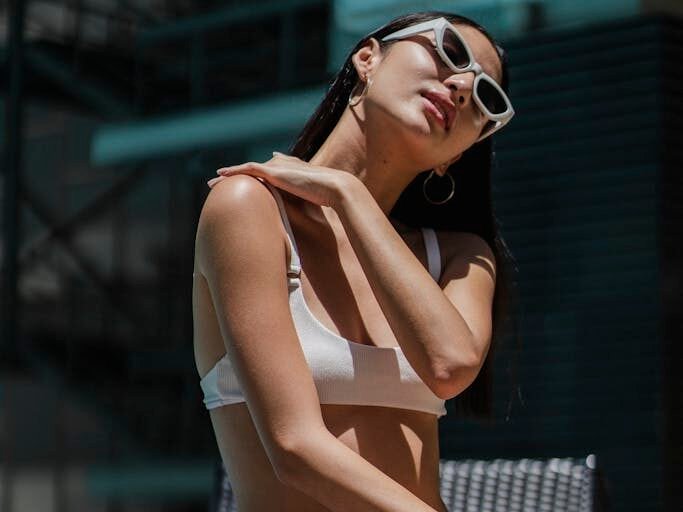
People in Brazil or the Middle East are basically living in summer practically all year round, right? Does that mean they can’t use retinols? No. So, you can use retinol all year round; you just have to protect your skin regardless of whether or not you’re using retinol.
This means applying sunscreen in the morning and reapplying it if you’re in a hot, sunny area. Retinoids can increase your skin’s sensitivity to sunlight, so sunscreen is essential, not because retinoids thin your skin, but because they make it more sensitive to sunlight.
But regardless of whether or not you’re using retinoid, you should be wearing sunscreen.
how to introduce retinol in my routine without irritation?
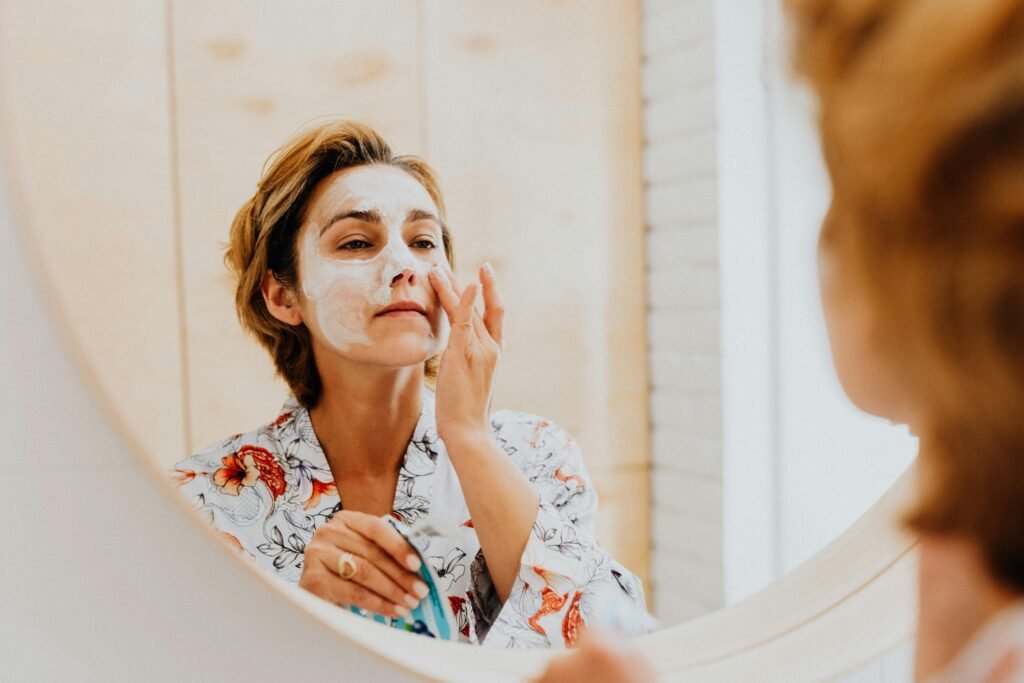
You can start with the retinol esters and work your way up. The way I suggest doing it is once a week for a couple of weeks, then twice a week for a couple of weeks, until you can tolerate it at least five times a week. Once you finish the tube, you can graduate to the next level. That’s one way you can approach it.
Another method is if you want to dive straight into the stronger stuff, like with a retinol, use a moisturizer first. This will block its efficacy and make it less potent, thereby reducing its potential to irritate your skin. So yes, you may not experience the full effect, but I’d rather you experience some effect that your skin can tolerate, rather than risking irritation by not being able to tolerate it at all.
There’s also the option of applying a cream on top of the retinol, known as the “sandwich” method. It’s not something I’m particularly impressed by, but it’s worth considering. And that’s pretty much the advice I’d offer.
can i combine retinoids with acids?
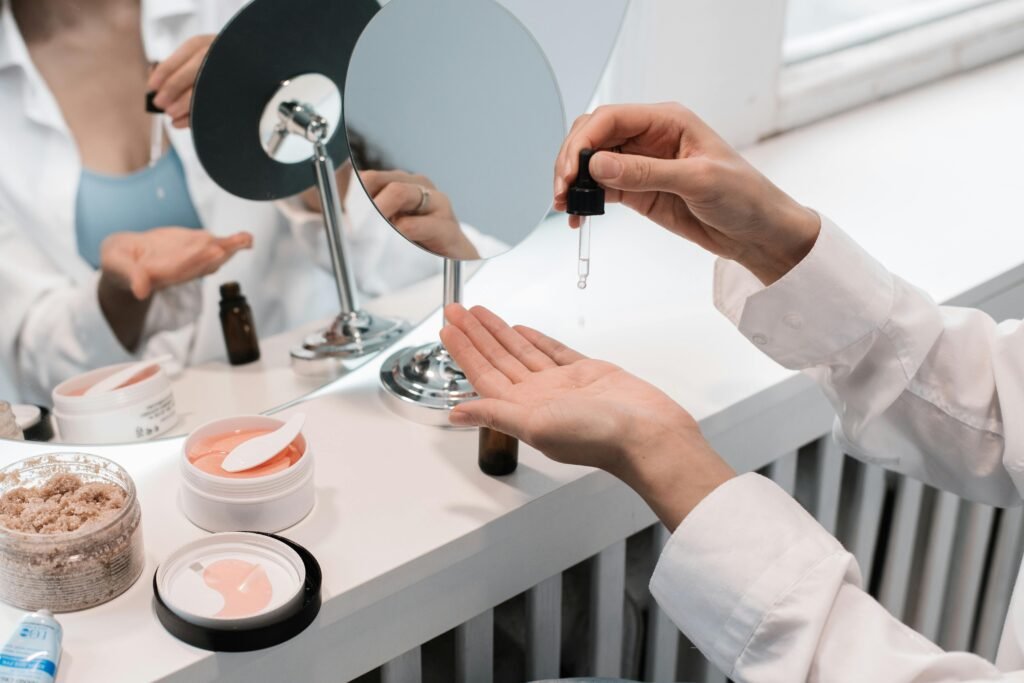
If you’re new to skincare routines, I wouldn’t suggest diving straight into using both acids and retinoids every night. Instead, I’d recommend alternating them: one night use an acid, the next night use a retinoid, and so on. Personally, I’ve been following this routine for more than five years. Occasionally, I still experience irritation, especially when I overdo it. It’s important to remember that our skin is alive and constantly changing. For instance, during dry winter months, using both acids and retinoids every night can exacerbate irritation. So, it’s crucial to be gentle with your skin and not overwhelm it with too many active ingredients. While you can eventually incorporate both acids and retinoids into your routine, I wouldn’t advise it for beginners or even those who are more experienced but still learning.
can darker skin of color use retinoids?
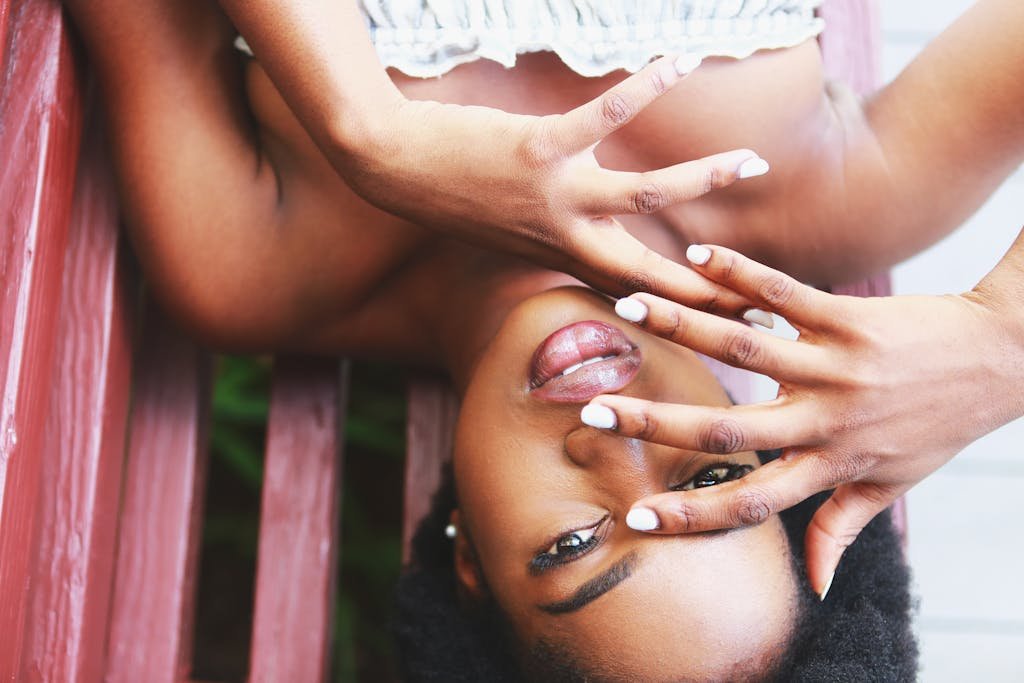
People with darker skin tones can use retinoids, but there’s a worry that they might cause irritation and lead to more pigmentation issues. If you have darker skin and want to try retinoids, it’s best to begin with a very mild version and slowly increase how often you use it. This careful approach is important. It’s better to take your time than to rush into using strong retinoic acid, which needs a prescription. Using it too quickly can cause dryness, flakiness, and redness, possibly resulting in more pigmentation problems. So, starting with a mild version and gradually building up is the safer way for people with darker skin tones.
The Bottom Line
Once more, steer clear if you’re expecting. Even though the amount entering your bloodstream is minimal, it’s still a risk during pregnancy. It’s better to err on the side of caution for those crucial nine or ten months. If you’re breastfeeding, have a chat with your gynecologist first. Discuss it with them to make an informed decision
I hope you found this article helpful. Feel free to leave any questions or feedback in the comments. I truly value my readers’ input.
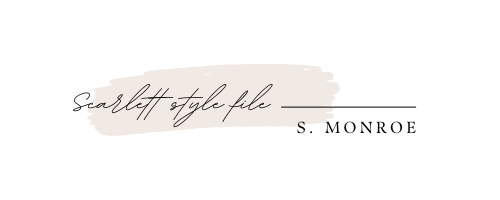
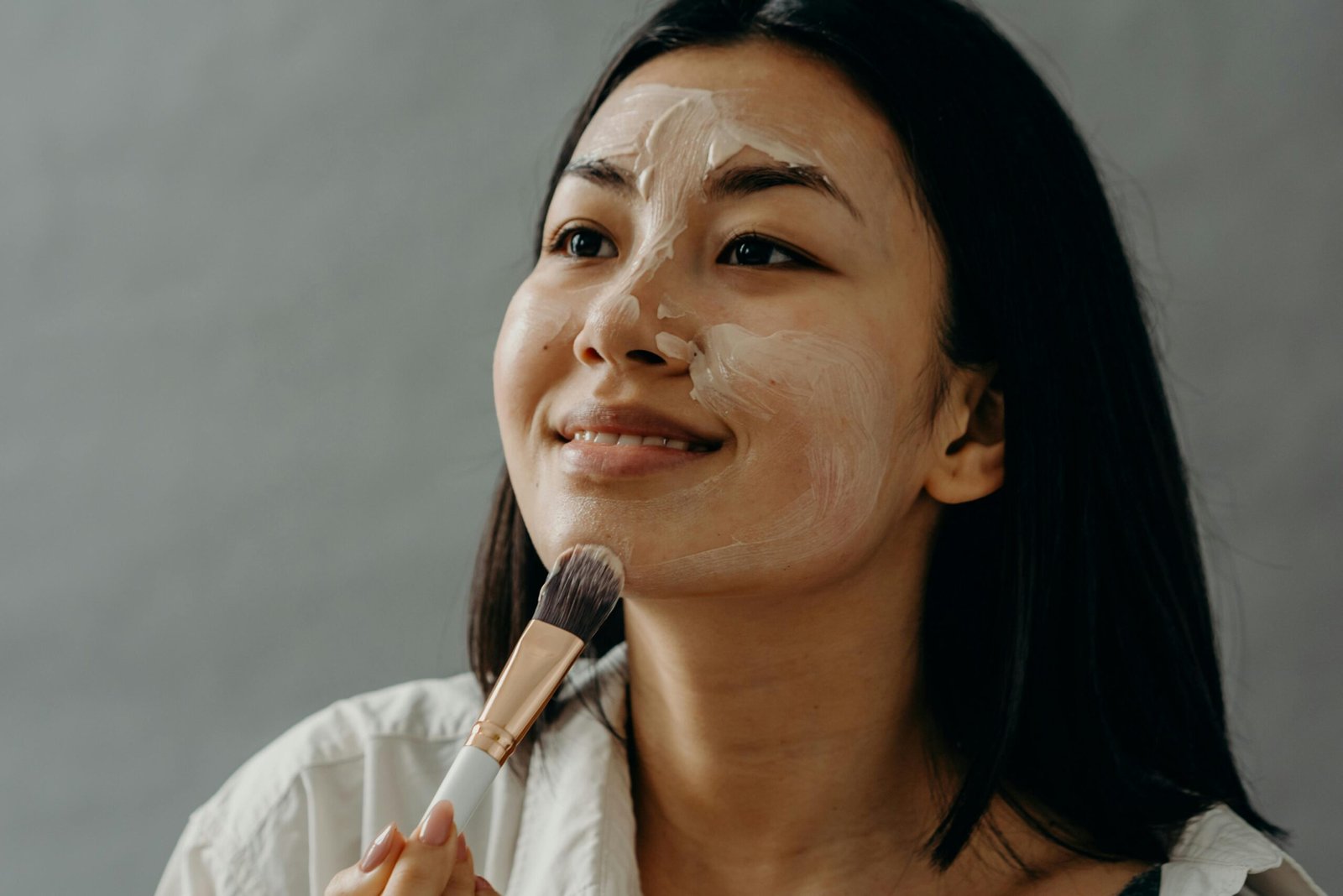
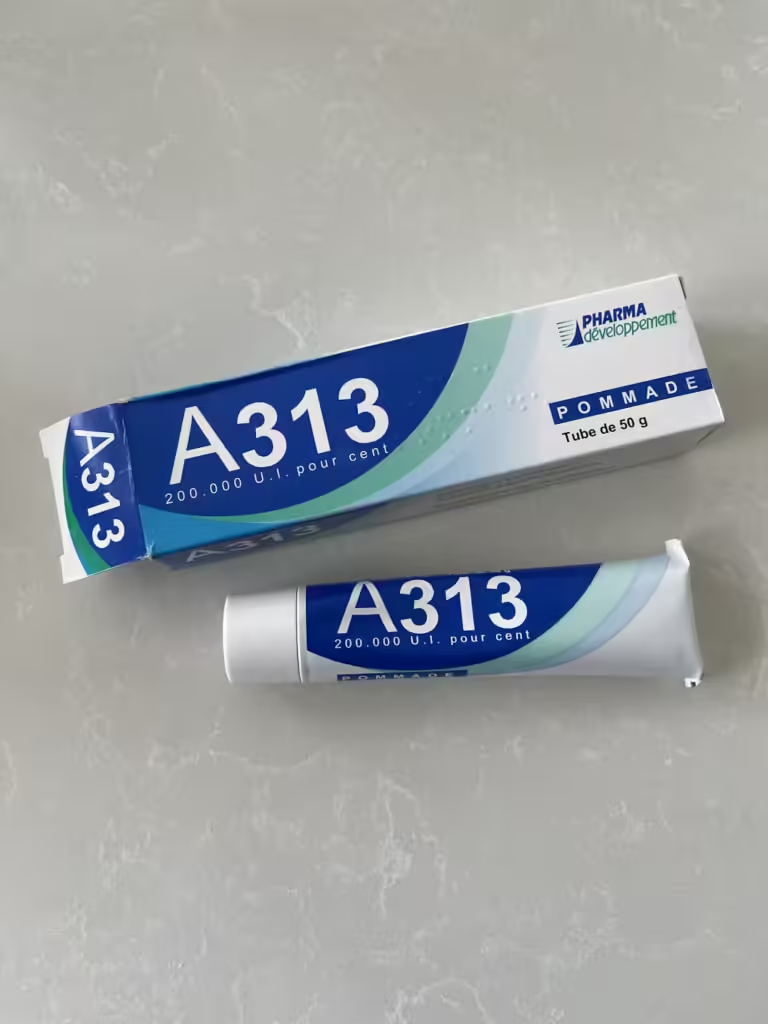
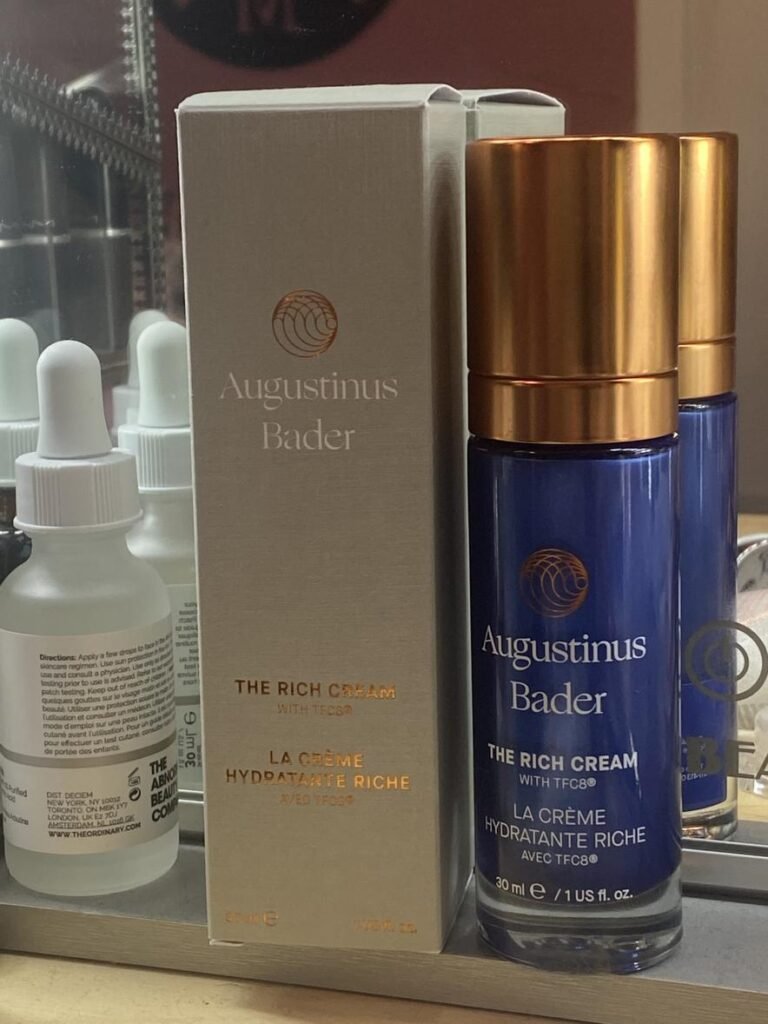
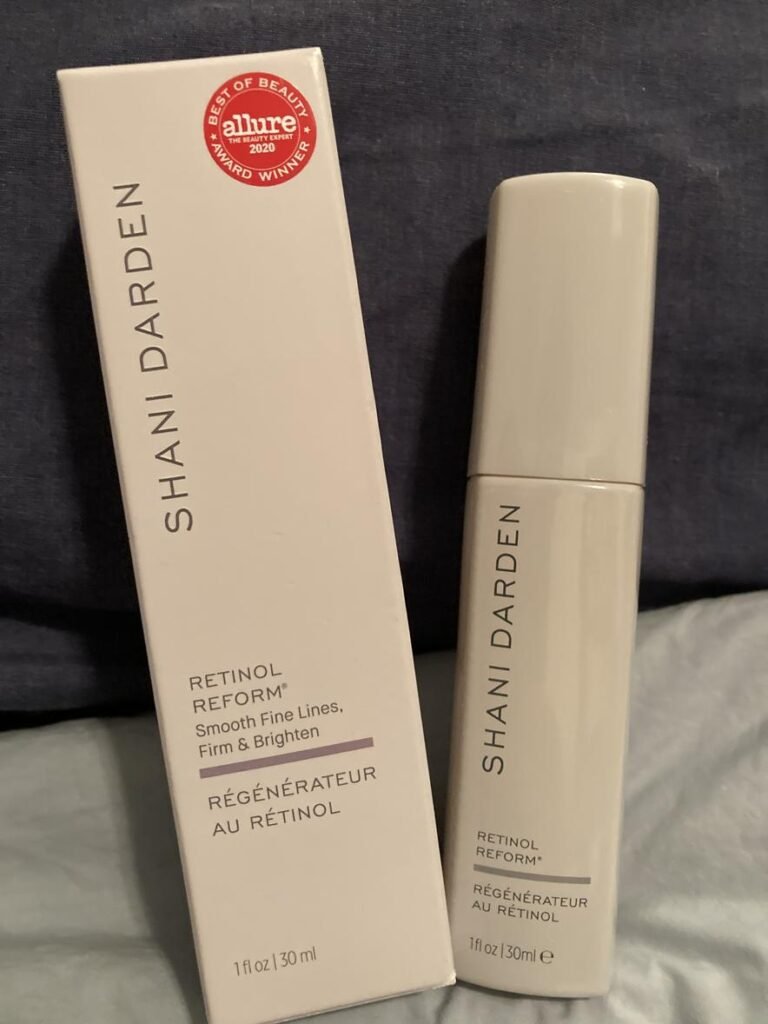


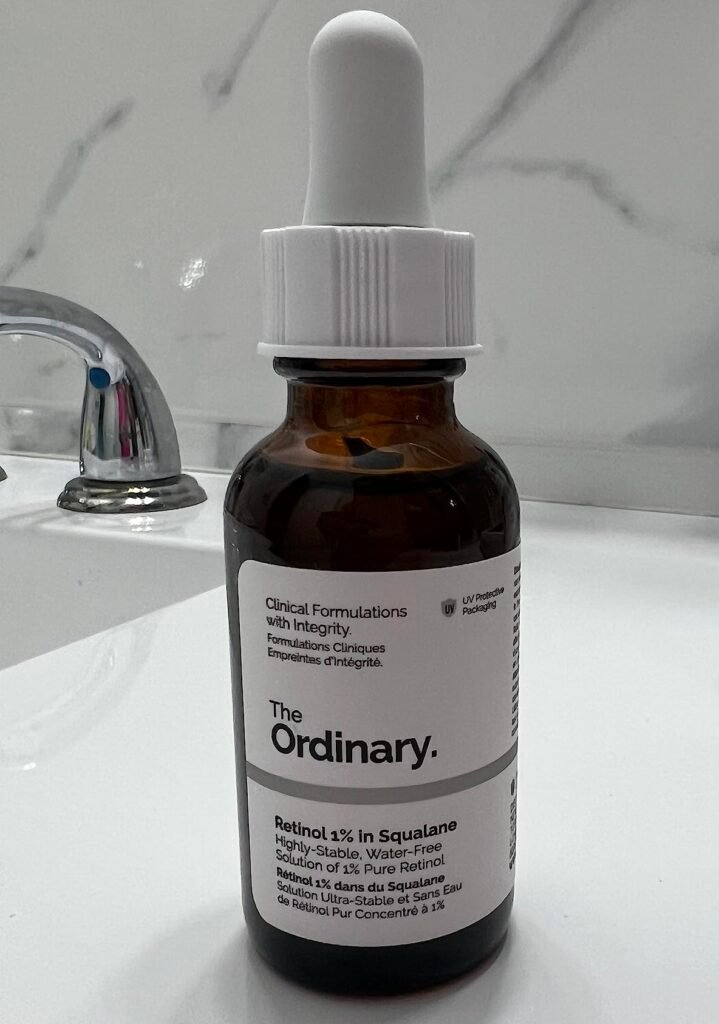
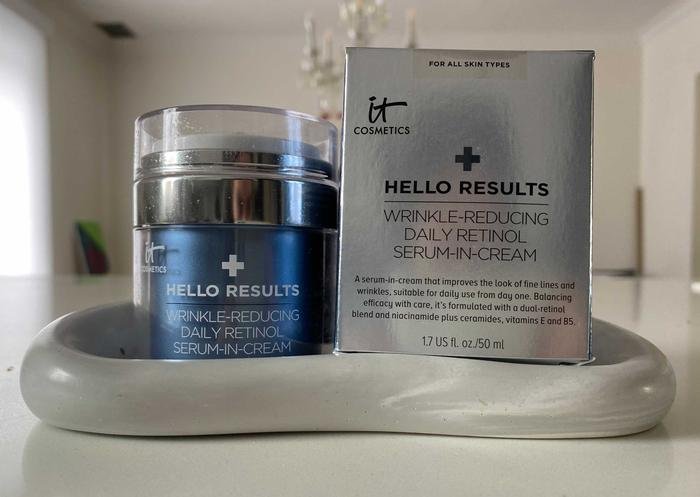

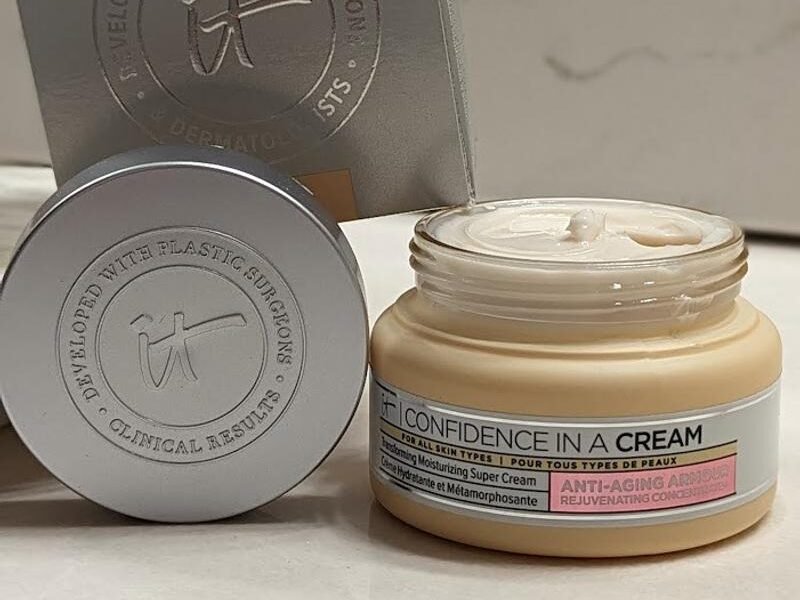
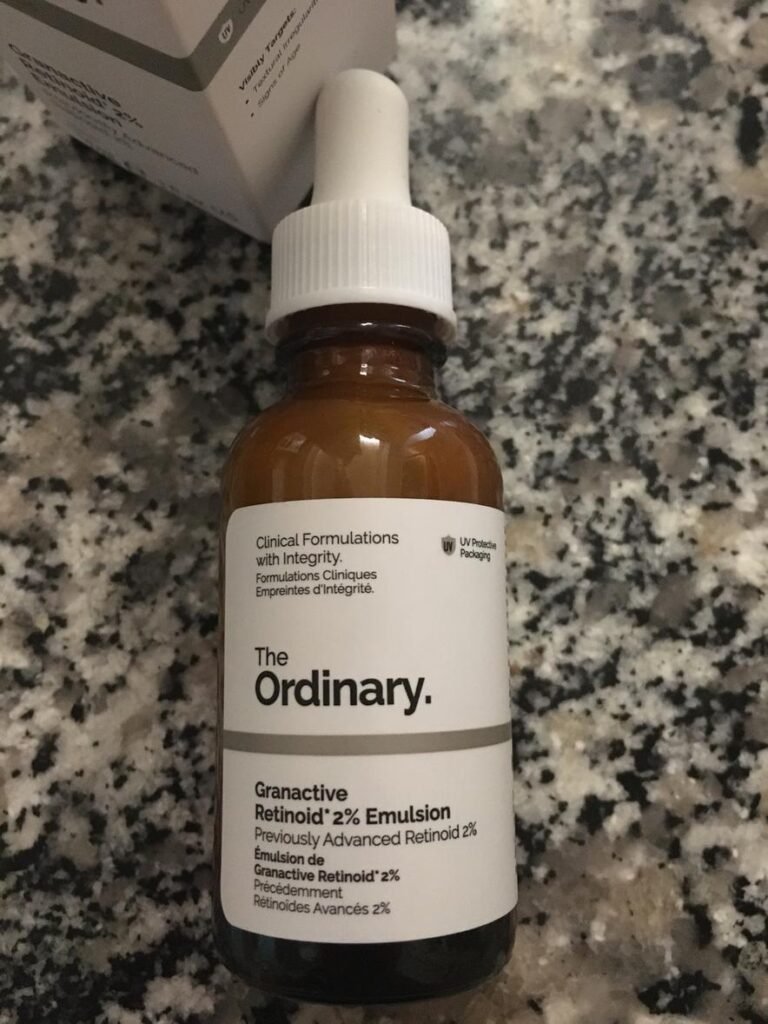

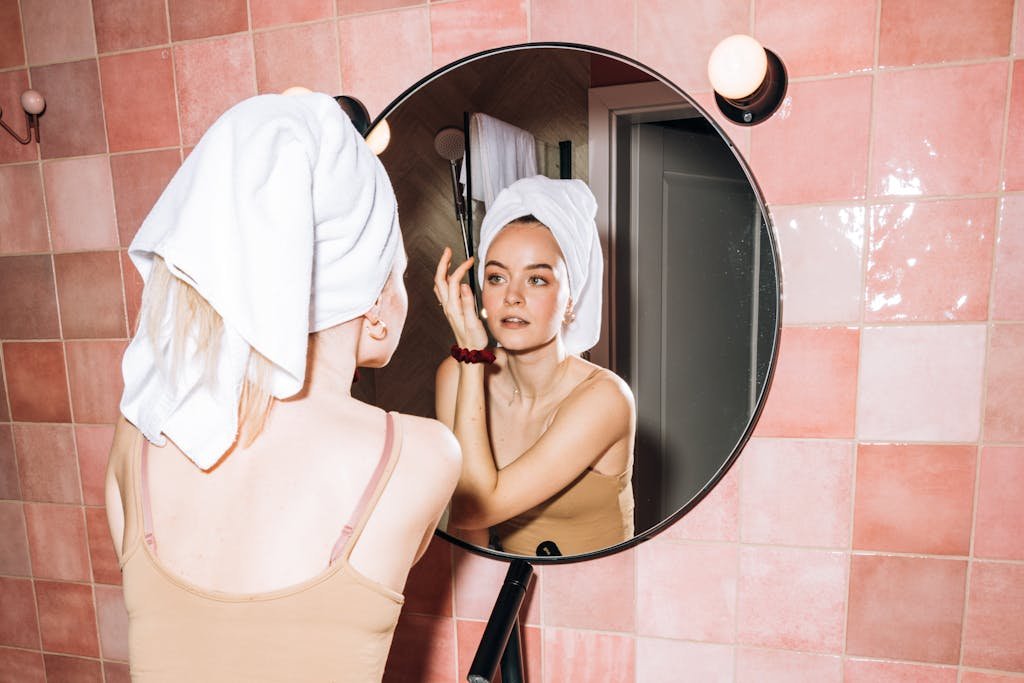
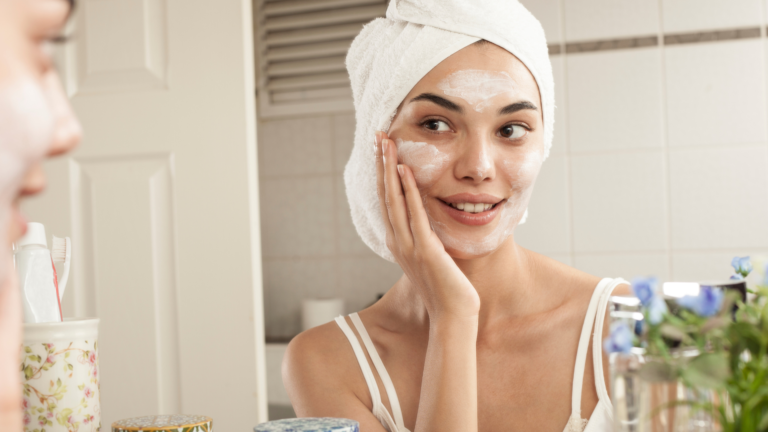

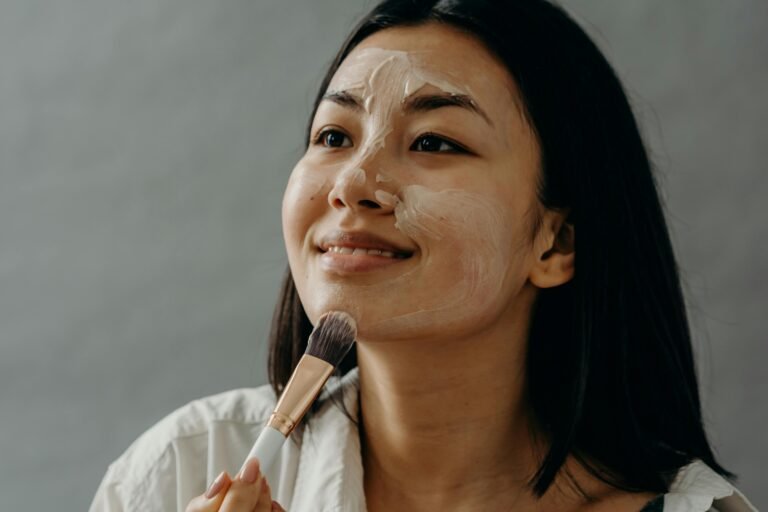
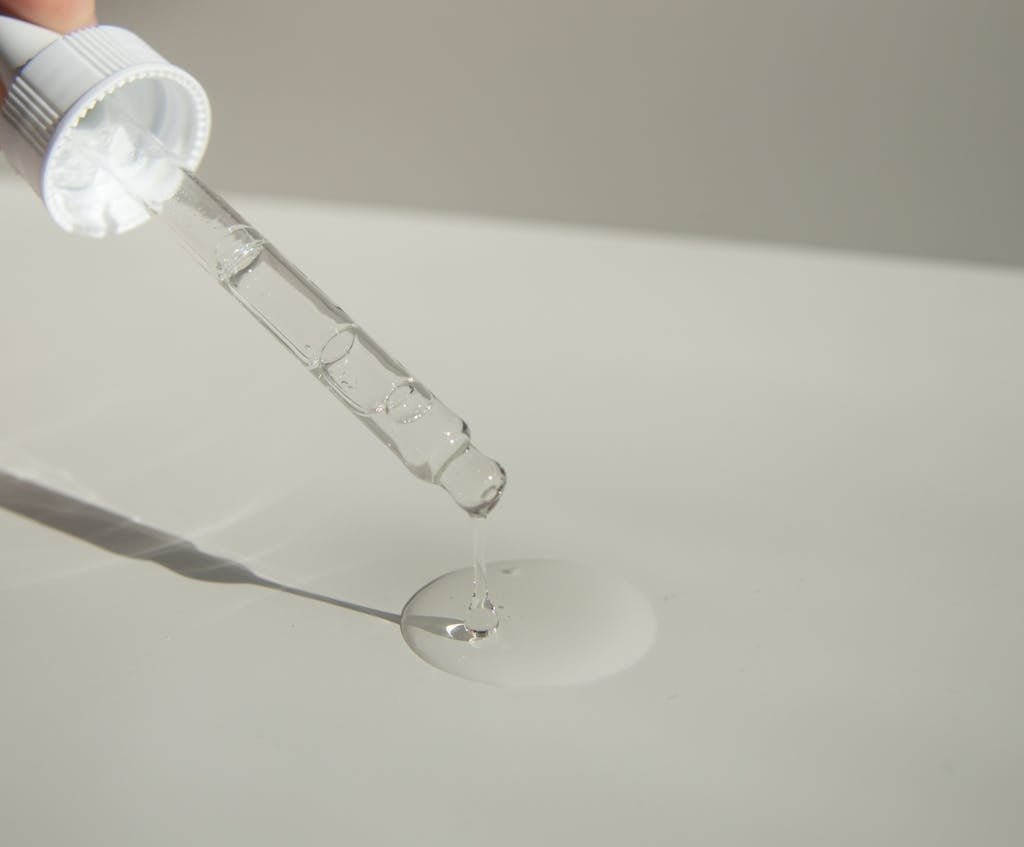

5 Comments